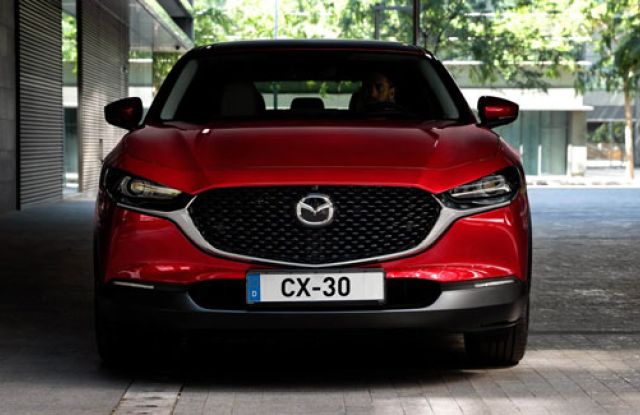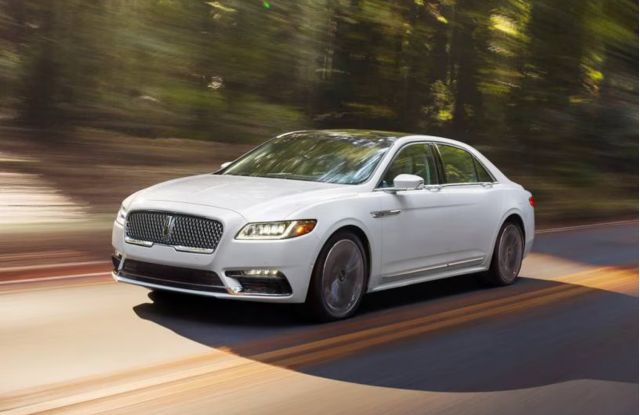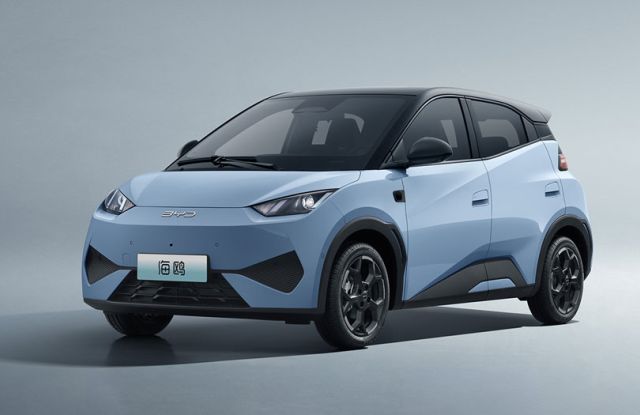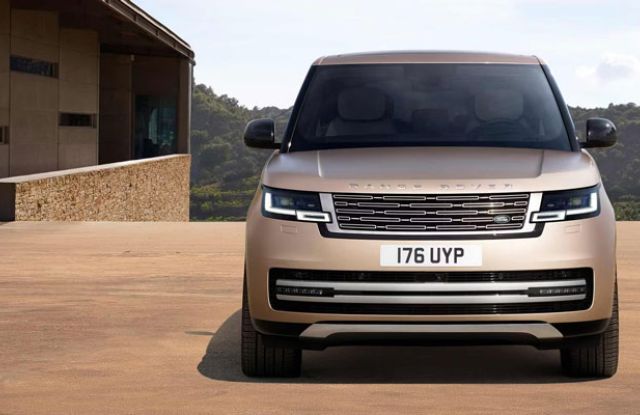In today’s fiercely competitive electric vehicle market, Toyota, a traditional automotive giant, has finally launched its heavyweight product—the Toyota bZ5. This vehicle represents Toyota’s new pure electric endeavor. It also shows how traditional automakers are responding to new player challenges.
So, how does this pure electric SUV, called the “Toyota Ultra-Sense Space Capsule,” perform? Can it help Toyota win a place in the electric vehicle market? This article will deeply analyze the Toyota bZ5’s advantages, disadvantages, and market importance.
I. What is the Toyota bZ5?
The Toyota bZ5 is a completely new product. The FAW Toyota China team led its development under Toyota’s RCE system. It also starts Toyota’s localization strategy, holding major milestone meaning.
As a mid-size pure electric SUV, Toyota officially launched the bZ5 in China on June 10, 2025. They position it as the “Toyota Ultra-Sense Space Capsule.”
Toyota offers this vehicle in four versions. These are 550 JOY, 550 PRO, 550 PRO Intelligent Edition, and 630 PRO. The price range is 129,800 – 159,800 RMB (about 17,800 – 21,900 USD).
Toyota currently mainly sells it in China. However, as a key part of Toyota’s global electric vehicle strategy, the bZ5 will likely enter more international markets later.
II. Core Advantages of the Toyota bZ5
1. Highly Competitive Pricing Strategy
The Toyota bZ5’s most striking advantage is its affordable price. In China, the starting price is 129,800 RMB (about 17,800 USD). For a joint-venture mid-size pure electric SUV, this price changes the game.
It even enters the mainstream price band of domestic brands. This shows Toyota’s determination to capture the electric vehicle market.
Compared to earlier models like the Toyota bZ4X, the bZ5’s pricing is bolder and more pragmatic. It completely sheds the joint-venture brand’s airs.
2. Comprehensive Safety Features
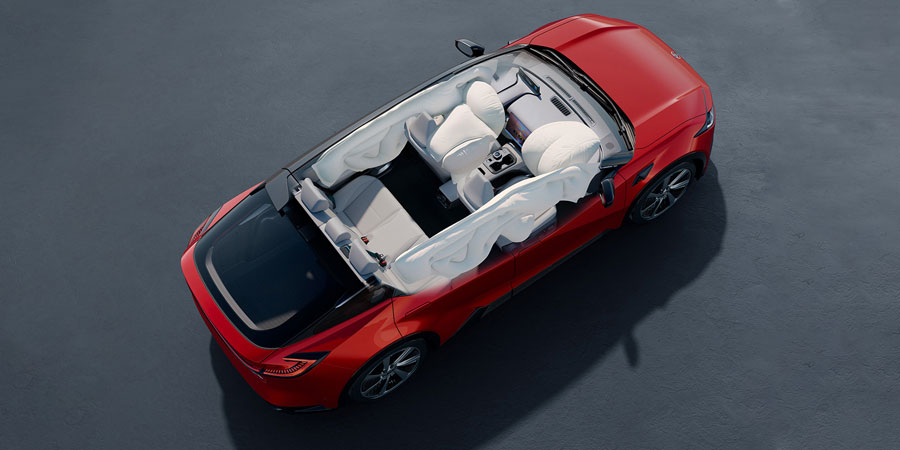
The bZ5 highlights safety performance. It comes standard with 9 airbags across all variants. This provides class-leading passive safety protection.
Collision safety uses 115 stringent tests. These far exceed industry standards. Battery safety has five protection layers. These include an energy-absorbing body, a de-energized outer shell, a bottom-mounted integrated cooler, “insulated” coolant, and multiple battery monitoring.
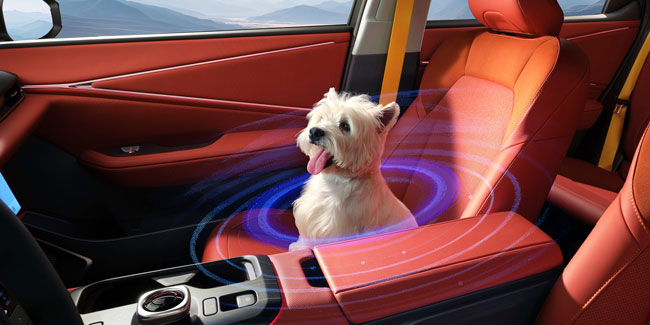
The high-end version also has an in-cabin biometric monitoring system. If someone forgets a child in the vehicle, the system activates hazard lights and an alarm within 10 seconds. It starts the air conditioning within 5 minutes. It also notifies the user via a mobile app.
This function greatly helps family users with children.
3. Good Range and Power Performance
The Toyota bZ5 offers two range versions. These are 550 km and 630 km under CLTC conditions.
All variants use a high-power 200kW motor. This delivers impressive performance.
This range meets daily commuting and long-distance travel needs. It reduces users’ range anxiety.
4. Localized Intelligent Driving System
The high-end 550 PRO Intelligent Edition has the Toyota Pilot intelligent driving assistance system. Momenta 5.0 urban assistance and TSS (Toyota Safety Sense) collaborate to build it. It covers all scenarios: urban roads, highways, and parking.
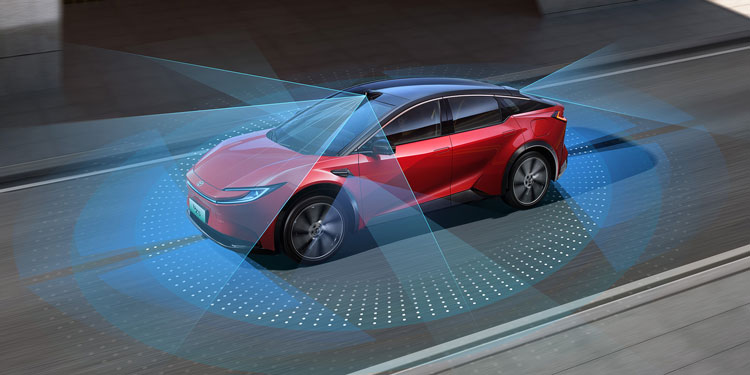
Its hardware configuration is luxurious. It includes 1 LiDAR, 5 millimeter-wave radars, 12 ultrasonic radars, and multiple cameras.
This shows Toyota actively responds to China’s complex roads and users’ high demand for smart features.
5. Practical Technology Features
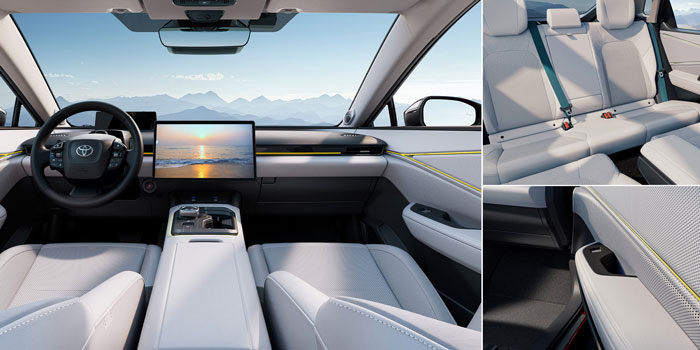
The interior has a 15.6-inch central control screen. It supports over 200 apps. These meet navigation, entertainment, and office needs.
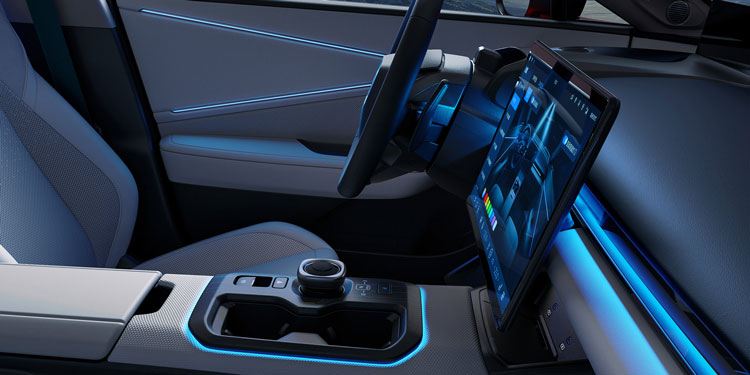
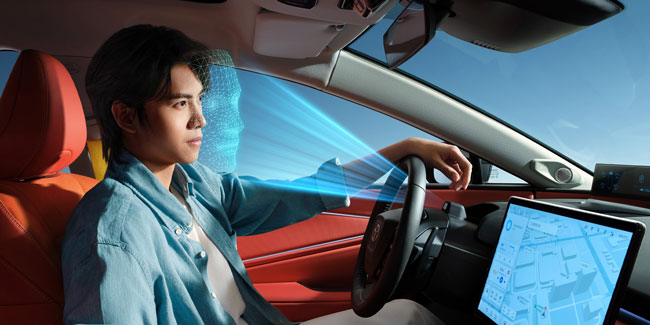
Digital Key and FACE ID facial recognition unlock boost the tech feel. Other features like 256-color ambient lighting, a JBL audio system, and an in-car fragrance system add driving fun.
III. Apparent Disadvantages of the Toyota bZ5
1. Uneven Configuration Distribution
The entry-level model has a competitive price. However, it compromises on configuration. It lacks practical functions like a 360-degree panoramic view and power adjustment for the passenger seat. Some users also criticize its interior materials.
The high-end versions have rich configurations. But their price nears 160,000 RMB (about 21,900 USD). This makes people question their value.
2. Reliance on Purchased Powertrain Technology
The Toyota bZ5 fully uses BYD FinDreams’ lithium iron phosphate (LFP) batteries and motors.
They are reliable in quality. But the lack of a self-developed technology label makes some consumers think, “Since it uses BYD’s battery, why not buy a cheaper BYD?”
This affects the technical image of Toyota electric vehicles.
3. Gap in Intelligent Experience
The high-end version has abundant sensors and a high-computing power intelligent driving system. However, it only supports basic L2 level functions. This shows a clear gap compared to Xpeng and Huawei’s smart systems.
In actual tests, the vehicle sometimes misread road signs in rain. It also showed slow brake response. This indicates the system does not adapt well to China’s complex road conditions.
4. Compromises in Space Design
The fastback coupe styling leaves only a fist’s width of headroom in the rear seats. Passengers taller than 1.8 meters may feel oppressed.
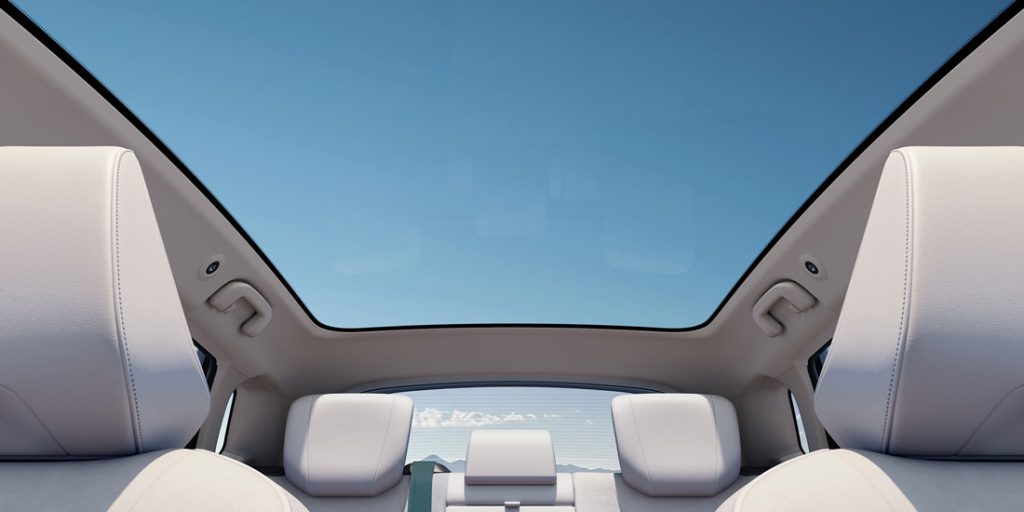
The panoramic glass roof cannot open. Also, the Low-E coated glass has limited heat insulation in summer. This affects the riding experience.
5. Relatively Backward Charging Efficiency
The Toyota bZ5’s charging power is only 90kW. Fast charging from 30% to 80% takes about 27 minutes.
In contrast, some same-price domestic models support 800V high-voltage platforms and 180kW fast charging. Their charging speeds are much faster.
IV. Market Significance of the Toyota bZ5
1. Key Turning Point in Toyota’s Electrification Strategy
The Toyota bZ5 marks a major shift in Toyota’s China electrification strategy. It changes from passive defense to active offense.
It is Toyota’s first completely new product that the Chinese team led. It embodies Toyota’s “in China, for China” localization commitment.
2. Formal Response from a Traditional Giant to New Players
Domestic new players are capturing the market with smart features and high configuration. In this context, the Toyota bZ5 is the traditional automotive giant’s formal counterattack against new energy brands.
It shows traditional automakers no longer stick to conservative strategies. They now use the new forces’ playbook. This means electric vehicle competition has entered a new stage.
3. Value Reshaping of Joint-Venture Brands
The bZ5 calls itself a “New Joint-Venture Force.” It tries to reshape joint-venture brands’ value in the smart electric era.
It aims to keep Toyota’s traditional safety and quality strengths. It also absorbs domestic electric vehicles’ smart and configuration advantages. This creates a middle path.
4. Booster for Electric Vehicle Market Popularization
Toyota’s brand appeal and affordable price give the bZ5 potential. It can push more traditional fuel vehicle users toward electric vehicles. This accelerates EV popularization.
It especially helps consumers who doubt new player brands but want to try electric vehicles. The bZ5 offers a relatively safe choice.
V. Conclusion: Is the Toyota bZ5 Worth Buying?
The Toyota bZ5 has clear pros and cons. It does well in safety, space, and brand recognition. Its price is very competitive. But it needs improvement in smart experience, charging efficiency, and some details.
Consider the Toyota bZ5 if you fit these traits:
- Value brand reliability and safety, and trust Toyota’s quality.
- Need a larger family vehicle mostly for city commutes and occasional long trips.
- Do not seek extreme smart driving features and find basic assisted driving sufficient.
- Have a limited budget but want as much configuration and range as possible.
On the other hand, if you prefer leading smart driving experience, the fastest charging, or the latest tech, then same-price domestic new energy brands may suit you better.
Overall, the Toyota bZ5 marks a major shift in Toyota Motor’s electric vehicle sales strategy. It is a strong counterattack by traditional automakers in the electrification wave. Its market performance will show what position traditional brands can hold in the tough electric vehicle competition.
Regardless, Toyota electric vehicles’ attempt sends a positive signal to consumers and the industry. Competition drives progress. Ultimately, most consumers will benefit.
-
Toyota BZ5 Review – Pros, Cons & Why It Matters
-
Mazda CX 30 Review – Is It the Best Crossover for You?
-
Everything You Need to Know About the 2020 Lincoln Continental
-
Inside the 2025 BYD Seagull: Range, Design, and Tech Explained
-
2025 Range Rover Review: The Ultimate Luxury SUV Experience
